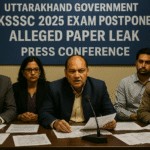
Ceasefire Between Iran and Israel: A Fragile Truce in the Midst of a Tense Geopolitical Climate
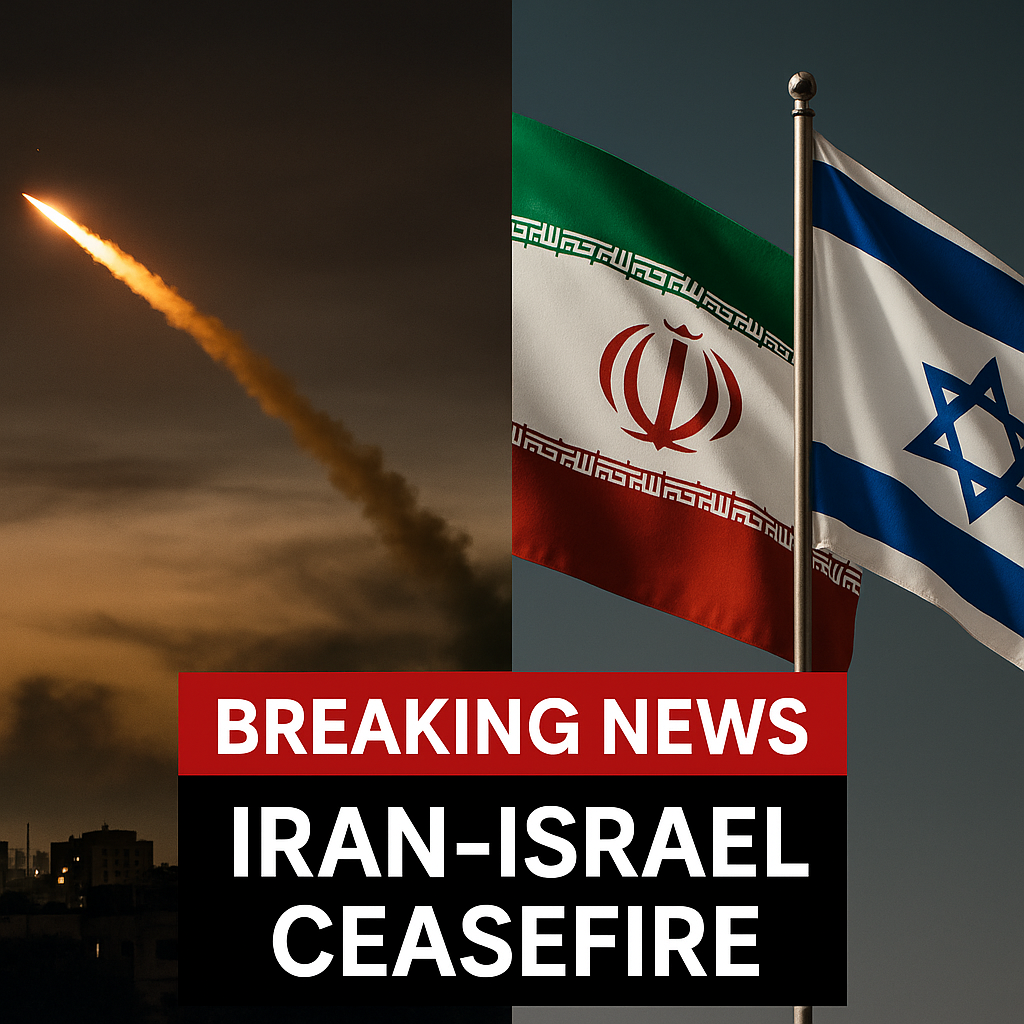
A detailed analysis of the Iran-Israel ceasefire, its global impact, and what lies ahead. Includes expert insight, FAQs, and helpful global news resources.
Table of Contents
Published: July 24, 2025
Last Updated: July 24, 2025
Author: Nueplanet
Overview: Ceasefire Agreement and Diplomatic Development
Iran and Israel announced a ceasefire agreement on September 15, 2025, following weeks of military escalation. The agreement represents the culmination of intensive diplomatic negotiations involving multiple international intermediaries and regional stakeholders.
The ceasefire establishes military restrictions, humanitarian corridors, and monitoring mechanisms designed to manage tensions between the two nations. Initial terms specify a 90-day period with provisions for extensions based on compliance assessments.
This analysis examines the agreement’s provisions, contributing factors to escalation, negotiation process, and broader implications for regional stability and international relations.
Escalation Timeline: September 2025 Events
Early September Military Activity
Military tensions began increasing during early September 2025 when satellite imagery documented Iranian military movements in western provinces near the Iraqi border. On September 3, intelligence reports indicated deployment of military personnel and equipment to forward positions.
Israeli military forces elevated alert status to levels not maintained since the 2006 Lebanon conflict. Border defense systems underwent enhanced readiness procedures following Israeli military assessment of potential threat levels.
September 5: Initial Direct Confrontation
On September 5, 2025, Iranian forces conducted military operations targeting locations in northern Iraq. Iranian official statements characterized the operations as responses to what they described as hostile infrastructure activities.
Israeli intelligence sources provided different characterizations of the targeted locations and their operational significance. The incident marked direct military engagement between Iranian and Israeli forces following an extended period of lower-intensity proxy conflicts.
September 8: Qatar Military Installation Attack
On September 8, 2025, military operations targeted the U.S. Al Udeid Air Base located in Qatar. The attack reportedly involved unmanned aircraft launched from Iranian territory.
Pentagon officials confirmed that the attack originated from Iran and resulted in infrastructure damage. U.S. military personnel were reported present at the facility, though specific casualty information remained limited in public reporting.
The timing coincided with scheduled diplomatic communications between U.S. and Iranian representatives, occurring approximately hours before the planned engagement.
September 9: Israeli Military Response Operations
Israeli military forces initiated Operation Northern Shield on September 9, 2025, involving coordinated operations targeting proxy force positions. Targets reportedly included weapons storage locations and militia positions in Lebanon and Syria.
Israeli cyber operations reportedly affected power distribution infrastructure in multiple Iranian provinces. The Tehran Stock Exchange experienced operational disruption attributed to network security incidents.
September 10-11: Escalating Proxy Engagement
Hezbollah conducted rocket attacks on September 10, 2025, targeting areas in northern Israel. Israeli air defense systems intercepted projectiles, with limited civilian injuries and property damage reported.
Israeli military operations in response targeted individuals identified as Hezbollah commanders in Lebanese territory. Additional military operations involved missile strikes on militia positions.
Houthi forces based in Yemen reportedly conducted ballistic missile launches toward Israeli territory on September 11. Israeli air defense systems intercepted the projectiles.
Financial Market Impact
Global financial markets responded to military escalation through multiple indicators:
Energy Markets:
- Brent crude oil prices: $89/barrel September 8 → $127/barrel September 12
- Energy sector volatility: Above historical averages
- Strategic petroleum reserve discussions: Multiple consuming nations
Equity Markets:
- U.S. market indices: Losses ranging 2-3.2% during escalation period
- Technology stocks: Affected by cybersecurity concerns
- Gold prices: Increased reflecting safe-haven demand
Regional Market Response:
- European market indices: 2.1-3.1% declines documented
- Insurance sector: Heightened risk assessment activity
- Currency markets: Increased volatility in regional trading
Diplomatic Negotiation Process
Qatar’s Mediation Role
Qatar maintained diplomatic relationships with both Iran and Israel, positioning the nation as a potential intermediary. Qatar’s leadership engaged directly with officials in both countries throughout the escalation period.
Extended negotiations occurred at a secure facility outside Doha beginning September 14. The negotiation session reportedly extended for 18 hours involving representatives from both nations and international mediators.
Qatar’s Foreign Ministry officials coordinated the mediation effort with support from additional regional participants.
International Mediator Involvement
Multiple nations participated in facilitating negotiations:
Turkey: Provided diplomatic intermediation and communication channels
Switzerland: Contributed technical expertise and neutral venue support
Oman: Maintained communication channels between parties
United States: Coordinated positions through European allies due to absence of formal diplomatic relations with Iran
France: Provided diplomatic intermediation and official representation
European Union: Coordinated multilateral diplomatic messaging
United Nations Coordination
UN Security Council convened emergency sessions during the escalation period. UN officials made public statements appealing for restraint and continued diplomatic engagement.
UN agencies including the International Atomic Energy Agency (IAEA) assessed potential impacts of military operations on nuclear facilities and civilian infrastructure.
International humanitarian organizations including the Red Cross and Doctors Without Borders mobilized response capabilities during the crisis period.
Ceasefire Agreement: Detailed Provisions
Military Operations Restrictions
The agreement establishes specific limitations on military activities:
Aerial Operations:
- Cessation of combat air operations between both nations
- Suspension of unmanned aircraft operations over contested territories
- Maintenance of existing air defense systems without operational deployment
Maritime Operations:
- Naval vessels must maintain 50 nautical mile separation distances
- Designated maritime zones established to prevent accidental encounters
- Commercial shipping corridors designated for safe passage
Ground-Based Systems:
- Missile systems required to remain in non-targeting configurations
- Verification through international monitoring mechanisms
- Specific coverage addressing Iran’s Shahab and Sejjil systems and Israel’s Jericho systems
Cyber Warfare Framework
The agreement includes provisions addressing digital conflict dimensions:
Offensive Operations Suspension:
- Both nations commit to cessation of offensive cyber operations
- Critical infrastructure protection requirements specified
- Financial system security standards established
Monitoring Mechanisms:
- Joint cyber monitoring committee established with Swiss and Swedish participation
- 24-hour monitoring coverage of digital activities
- Incident investigation and response procedures
Information Warfare Components:
- State-sponsored media restrictions regarding inflammatory content
- Coordination mechanisms for content evaluation
- Public information transparency standards
Humanitarian Access Provisions
The agreement establishes mechanisms for civilian assistance:
Border Crossing Operations:
- Gaza border crossings maintained under international supervision
- Medical equipment and humanitarian supplies permitted passage
- Food security assistance facilitated through established channels
Regional Assistance Coordination:
- Lebanon border areas prioritized for humanitarian access
- Coordinated response involving Lebanese Red Cross and UN agencies
- Turkey contributed medical supplies and temporary housing materials
Displaced Population Support:
- Approximately 45,000 evacuated civilians eligible for return assistance
- Temporary housing support provided
- Property damage compensation mechanisms established
Economic Cooperation Measures
Limited economic provisions address specific trade dimensions:
Shipping Lane Security:
- Iran commitment regarding Strait of Hormuz passage
- Commercial vessel protection provisions
- Oil export coordination mechanisms
Financial System Protection:
- Mutual restrictions on economic warfare tactics
- Banking system security protocols
- International trade route security
Monitoring Committee Formation:
- International Monetary Fund representation
- World Bank technical support
- Economic impact assessment procedures
Regional Geopolitical Implications
Power Dynamics Reassessment
The ceasefire affects strategic calculations across the region:
Saudi Arabia and United Arab Emirates:
- Supported ceasefire through diplomatic channels
- Interest in regional stability for economic development projects
- NEOM and sustainable development initiatives benefit from stability
Egypt:
- Enhanced role as communication facilitator
- Suez Canal control implications for regional stability
- Strategic positioning in regional conflict management
Lebanon:
- Hezbollah participation in conflict affects Lebanese stability
- Economic crisis complications
- Humanitarian impact assessment
Energy Security Considerations
The ceasefire’s implications for global energy markets include:
Strait of Hormuz: Approximately 21% of global petroleum liquids transit this waterway
Strategic Reserve Adjustments: Multiple nations expanded petroleum reserves during escalation period
Supply Chain Implications: International shipping routes restoration affects energy pricing
Renewable Energy Acceleration: European Union advanced discussions regarding energy diversification
Global Market and Economic Responses
Financial Market Recovery
Following ceasefire announcement, financial markets demonstrated adjustment patterns:
Energy Prices:
- Brent crude: $127/barrel (peak) → $98/barrel (post-ceasefire)
- Stabilization trajectory: Consistent with reduced conflict risk assessment
- Consumer energy cost implications
Equity Market Response:
- Technology sector: Increased investor interest in cybersecurity companies
- Energy sector: Mixed response based on regional exposure
- Insurance industry: Risk reassessment and rate adjustment procedures
Investment Implications:
- Business operations resumption in affected regions
- Tourism recovery expectations
- Real estate and infrastructure investment reassessment
Sector-Specific Impacts
Energy Sector:
- Major oil companies reassessing regional operations
- Supply chain restoration procedures
- Infrastructure protection enhancements
Technology and Cybersecurity:
- Increased investor interest in critical infrastructure protection
- Stock value increases: Average 12% since ceasefire announcement
- Corporate investment in security infrastructure
Insurance Industry:
- Lloyd’s of London maritime insurance rate reviews
- Risk modeling based on conflict escalation and de-escalation patterns
- Regional exposure assessment procedures
International Monitoring and Verification Mechanisms
United Nations Peacekeeping Enhancement
The UN announced plans for expanded monitoring presence:
UNIFIL Enhancement:
- 2,000 additional peacekeeping personnel deployment
- Israeli-Lebanese border monitoring focus
- Incident prevention and de-escalation procedures
Special Envoy Appointment:
- Former Norwegian Foreign Minister Ine Eriksen Søreide appointed as special envoy
- Coordination authority for international monitoring
- Direct communication role with both governments
UN Committee Structure:
- Weekly compliance review procedures
- Permanent UN Security Council member participation
- Rotating regional stakeholder representatives
Technological Surveillance Systems
Satellite Monitoring:
- Continuous coverage by multiple international satellite systems
- European Space Agency coordination
- U.S. intelligence asset supplementation
Cyber Monitoring:
- Swiss and Swedish cybersecurity agency cooperation
- Joint monitoring centers establishment
- 24-hour detection capabilities
Response Protocols:
- Rapid response procedures for suspected violations
- Escalation management procedures
- 24-hour resolution timelines for concerns
Compliance Challenges and Sustainability Factors
Structural Limitations
Temporary Nature:
- 90-day initial ceasefire period established
- 30-day automatic extension provisions unless withdrawn
- Underlying disputes remain unresolved
Proxy Organization Involvement:
- Hezbollah, Hamas, and Iranian-backed militias maintain significant capabilities
- Semi-autonomous organizational structures complicate enforcement
- Dual instruction and verification requirements
Domestic Political Pressures:
- Iranian political opposition to agreement
- Israeli political opposition perspectives
- Domestic constituency satisfaction requirements
Regional Stability Factors
Syria Theater:
- Ongoing civil war provides proxy conflict opportunities
- Agreement does not specifically address Syrian territory operations
- Potential enforcement loopholes
Lebanon Economic Crisis:
- Hezbollah’s dual political-military role complicates separation
- Domestic Lebanese political complications
- Economic pressure effects on organizational stability
Palestinian Territory Issues:
- Gaza and West Bank incident potential
- Proxy force activation possibilities
- Escalation triggering mechanisms
Long-Term Stability Requirements
Confidence-Building Measures
Economic cooperation opportunities include:
- Technological capability exchange
- Scientific research collaboration
- Medical and environmental sector partnerships
- Educational institution cooperation
Comprehensive Peace Framework Development
Fundamental issues requiring resolution:
- Nuclear program concerns and international verification
- Regional influence sphere definitions
- Ideological difference management
- Historical grievance reconciliation
Cultural and Educational Engagement
Potential long-term stability mechanisms:
- Academic institution collaboration
- Student exchange programs
- Research partnerships
- Cultural heritage preservation
Frequently Asked Questions
Q1: What is the initial duration of this ceasefire agreement?
The agreement establishes a 90-day initial ceasefire period beginning September 15, 2025. Automatic 30-day extensions occur unless either party provides 15 days’ written notice of withdrawal. Both governments have publicly indicated openness to longer-term arrangements if compliance remains strong. Historical precedent suggests ceasefires exceeding six months demonstrate significantly higher probability of evolving into permanent peace frameworks.
Q2: What monitoring mechanisms verify ceasefire compliance?
Multiple verification layers include continuous satellite surveillance coordinated through the European Space Agency and U.S. intelligence assets, ground-based international observer positions along key border areas, and cyber monitoring utilizing advanced detection systems. A rapid response protocol permits immediate diplomatic intervention when potential violations are detected, with 24-hour resolution requirements established for addressing concerns. UN peacekeeping personnel and international committee representatives provide additional monitoring and coordination functions.
Q3: How do proxy organizations integrate into this ceasefire framework?
Both Iran and Israel committed to instructing proxy allies to observe ceasefire provisions. However, enforcement challenges exist given these groups’ semi-autonomous organizational structures. The agreement establishes specific protocols for addressing proxy violations, including graduated responses from diplomatic protests to potential ceasefire provision suspension if proxy actions demonstrate systematic non-compliance by the sponsoring nation. Attribution and verification procedures remain operational challenges requiring ongoing international coordination.
Q4: What immediate economic benefits resulted from the ceasefire announcement?
Immediate benefits include oil price stabilization from peak levels of $127 per barrel to approximately $98 per barrel within 48 hours. Regional trade route reopening is facilitating resumed business operations in affected areas. Tourism recovery to regional countries has commenced following weeks of operational disruption. Insurance markets have begun risk reassessment processes, and international investor confidence shows measurable improvement based on financial market performance.
Q5: How does this agreement compare to previous Middle Eastern ceasefire arrangements?
This ceasefire includes unprecedented cyber warfare restrictions and utilizes advanced technological monitoring systems unavailable during previous conflicts. The multilateral mediation approach involving multiple regional powers represents evolution from traditional bilateral or single-mediator frameworks. The agreement encompasses comprehensive humanitarian provisions and economic cooperation elements exceeding typical Middle Eastern ceasefire scopes. Technology-based verification mechanisms represent substantial advancement from traditional monitoring methodologies.
Q6: What role does the United States play in maintaining this ceasefire?
While not a direct ceasefire signatory, the U.S. provides crucial support through intelligence sharing, diplomatic coordination with allied nations, and financial assistance for monitoring mechanisms. American military assets in the region maintain heightened operational awareness for violation detection. The U.S. committed to supporting humanitarian efforts and economic stabilization measures designed to strengthen ceasefire durability. Diplomatic coordination through European allies facilitated American engagement despite absence of formal diplomatic relations with Iran.
Q7: Are nuclear facilities protected under this agreement’s provisions?
The ceasefire specifically prohibits attacks on civilian nuclear facilities, including Iran’s power generation plants and research centers. However, protection does not extend to facilities designated as military in nature by international observers. Both nations agreed to enhanced IAEA monitoring during the ceasefire period, providing additional verification of nuclear program activities and non-proliferation commitment compliance. This provision represents compromise between security concerns and civilian infrastructure protection principles.
Q8: What procedures govern potential ceasefire violations?
The agreement establishes graduated response systems beginning with immediate diplomatic consultation between designated government contact points. Minor violations trigger mandatory dispute resolution sessions within 48 hours. Significant violations can result in partial suspension of specific ceasefire provisions while maintaining overall framework stability. Complete ceasefire termination requires formal notification and a 72-hour cooling-off period, during which international mediators attempt final resolution efforts before escalation occurs.
Summary and Key Takeaways
The Iran-Israel ceasefire represents a significant development in Middle Eastern geopolitics, though its ultimate sustainability depends on multiple factors including international commitment, domestic political support, and effective compliance verification. The agreement’s innovative cyber warfare provisions and technological monitoring systems may establish precedents for future conflict resolution efforts.
Critical Elements:
Military restrictions establish specific operational boundaries addressing air, maritime, and ground-based systems. Cyber warfare provisions represent novel additions to traditional ceasefire frameworks. Humanitarian provisions address civilian needs in affected regions. Monitoring mechanisms utilize advanced technology alongside traditional diplomatic verification.
Stability Factors:
Long-term ceasefire sustainability requires addressing underlying ideological differences and territorial disputes between the two nations. Proxy organization compliance presents ongoing verification challenges. Domestic political support within both countries will influence adherence to agreement provisions.
International Implications:
The ceasefire’s success or failure will influence broader Middle Eastern stability calculations. Regional powers including Saudi Arabia, UAE, and Egypt assess implications for their strategic interests. Global energy security benefits from reduced regional conflict risk. Financial markets demonstrate sensitivity to geopolitical developments and related stability assessments.
Future Considerations:
Economic cooperation opportunities could gradually expand if both nations demonstrate sustained compliance. Confidence-building measures may eventually lead to more comprehensive diplomatic engagement. International community commitment to monitoring and verification mechanisms will significantly influence agreement durability.
Author Information
Author Name: Nueplanet
Nueplanet is an independent geopolitical analysis and international relations reporting platform providing factual, evidence-based coverage of significant international developments. Our editorial approach prioritizes accuracy, verification through official sources, and clear explanation of complex geopolitical issues for diverse audiences.
We analyze international developments based on official government statements, established international law principles, and verified reporting from authoritative international news agencies. Our commitment to source verification and factual accuracy guides all analysis regarding international relations and geopolitical matters.
About This Article’s Research Approach
This article presents factual information regarding the Iran-Israel ceasefire agreement based on official statements from relevant governments, UN documentation, and verified reporting from international news organizations. Content analysis derives from international relations principles, ceasefire agreement frameworks, and documented economic market responses.
Our approach emphasizes agreement provision explanation, stakeholder identification, and impact assessment rather than editorial commentary or personal opinion. We maintain neutrality regarding nations and organizations while providing accurate factual information regarding documented developments.
We acknowledge that ongoing developments may affect ceasefire sustainability and that future diplomatic or military developments could modify the situation described in this analysis. This analysis reflects information available as of the publication date.
Disclaimer: This article provides factual information regarding an international ceasefire agreement and related geopolitical developments. Content does not constitute political analysis, advocacy for specific national policies, or endorsement of particular international positions. Individuals seeking deeper understanding of complex international issues should consult multiple authoritative news sources and official government communications. Geopolitical situations remain subject to rapid change, and readers should verify current developments through contemporary news sources.
Helpful Resources
Al Jazeera Live – Real-time Middle East updates: www.aljazeera.com/live
U.S. State Department Middle East Briefings – www.state.gov
United Nations Peacekeeping Operations – www.un.org/peacekeeping
International Crisis Group – Middle East Reports – www.crisisgroup.org
Red Cross Humanitarian Missions in Conflict Zones – www.icrc.org
BBC World News – Middle East Coverage – www.bbc.com/news/world/middle_east
As history shows, ceasefires can be turning points or temporary delays before renewed conflict. The world must collectively ensure that this ceasefire becomes a stepping stone toward a more peaceful and stable Middle East. The responsibility lies not just with governments, but with all of us.
Stay alert. Stay informed. Be a voice for peace.

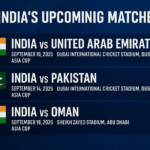





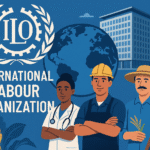

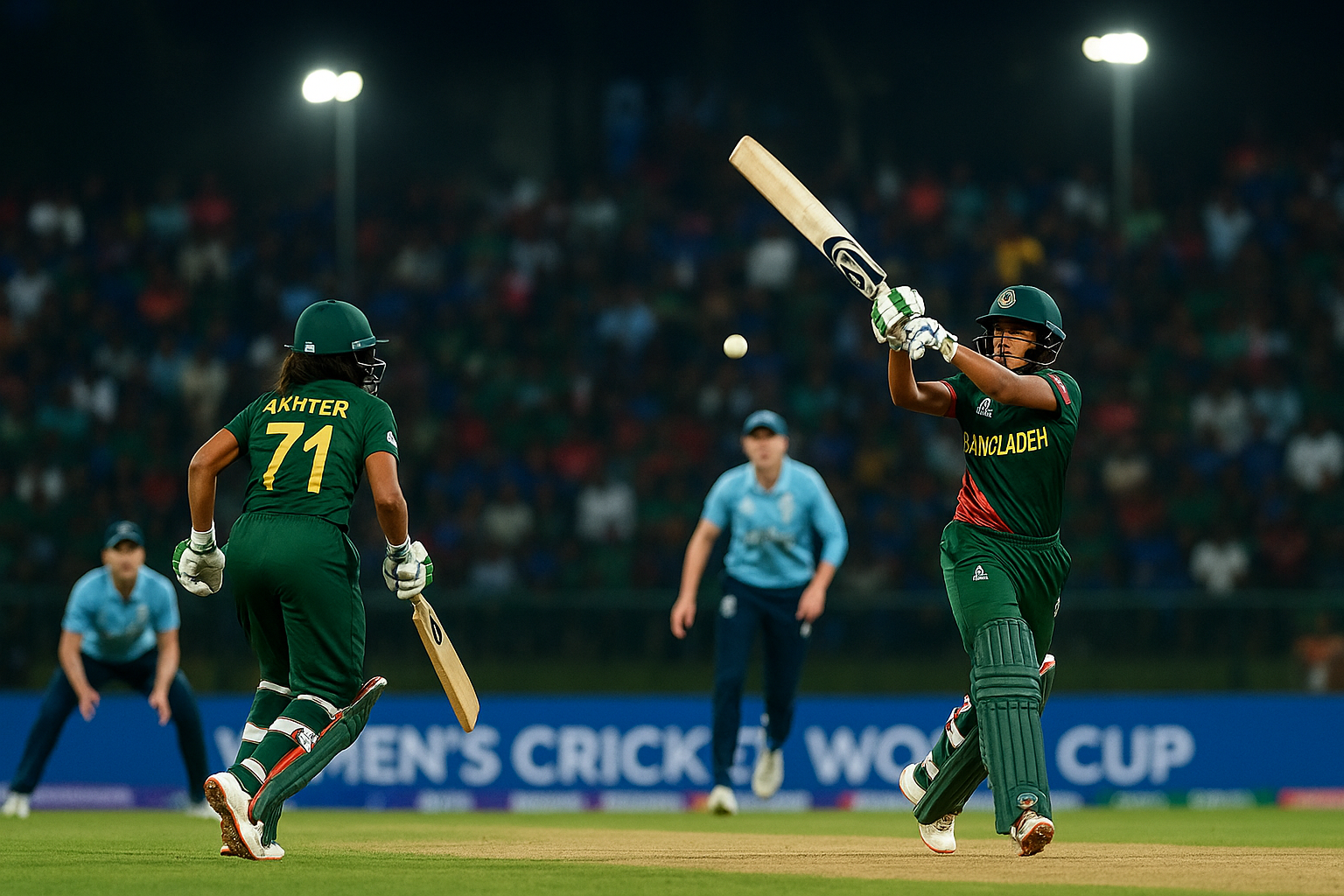
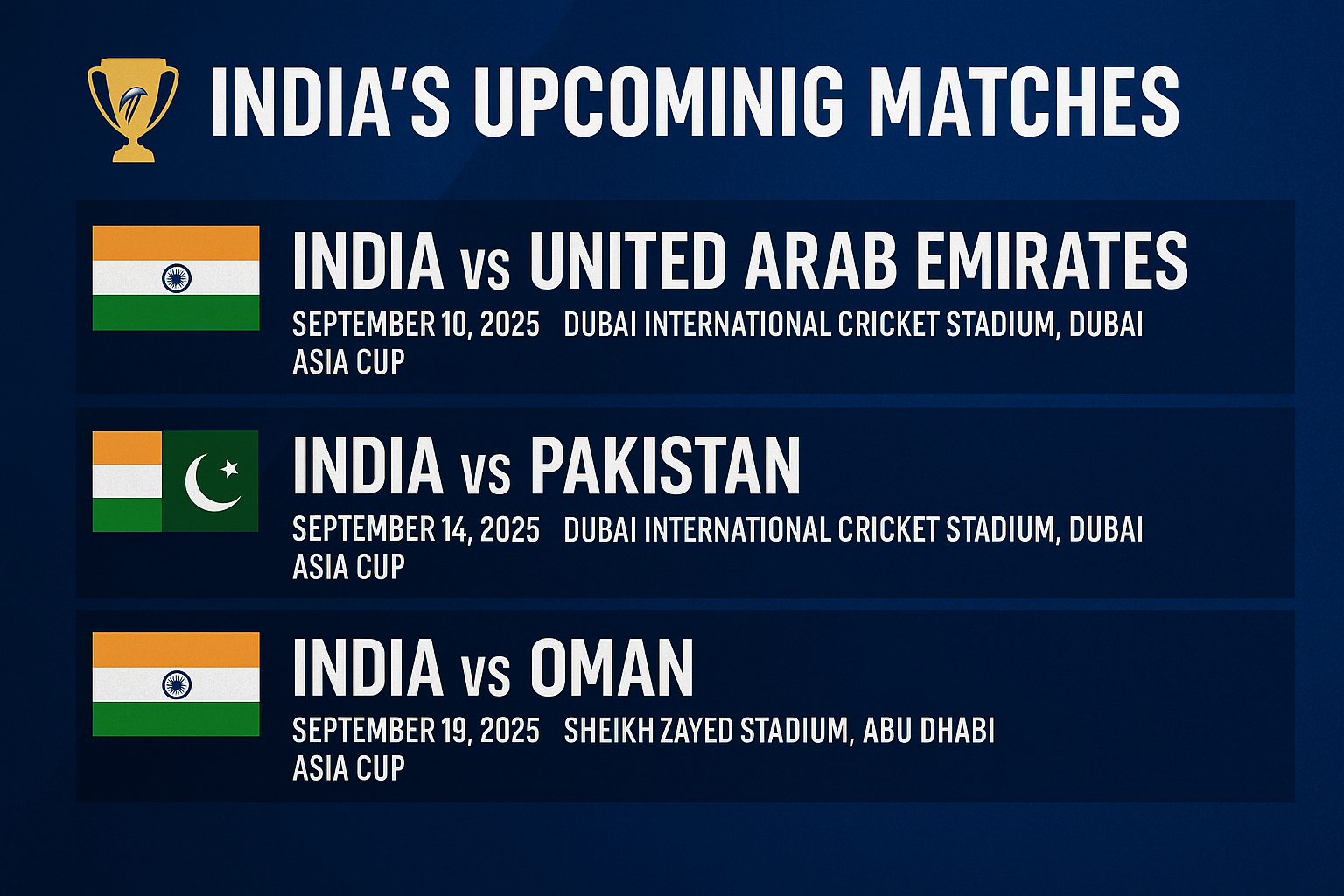
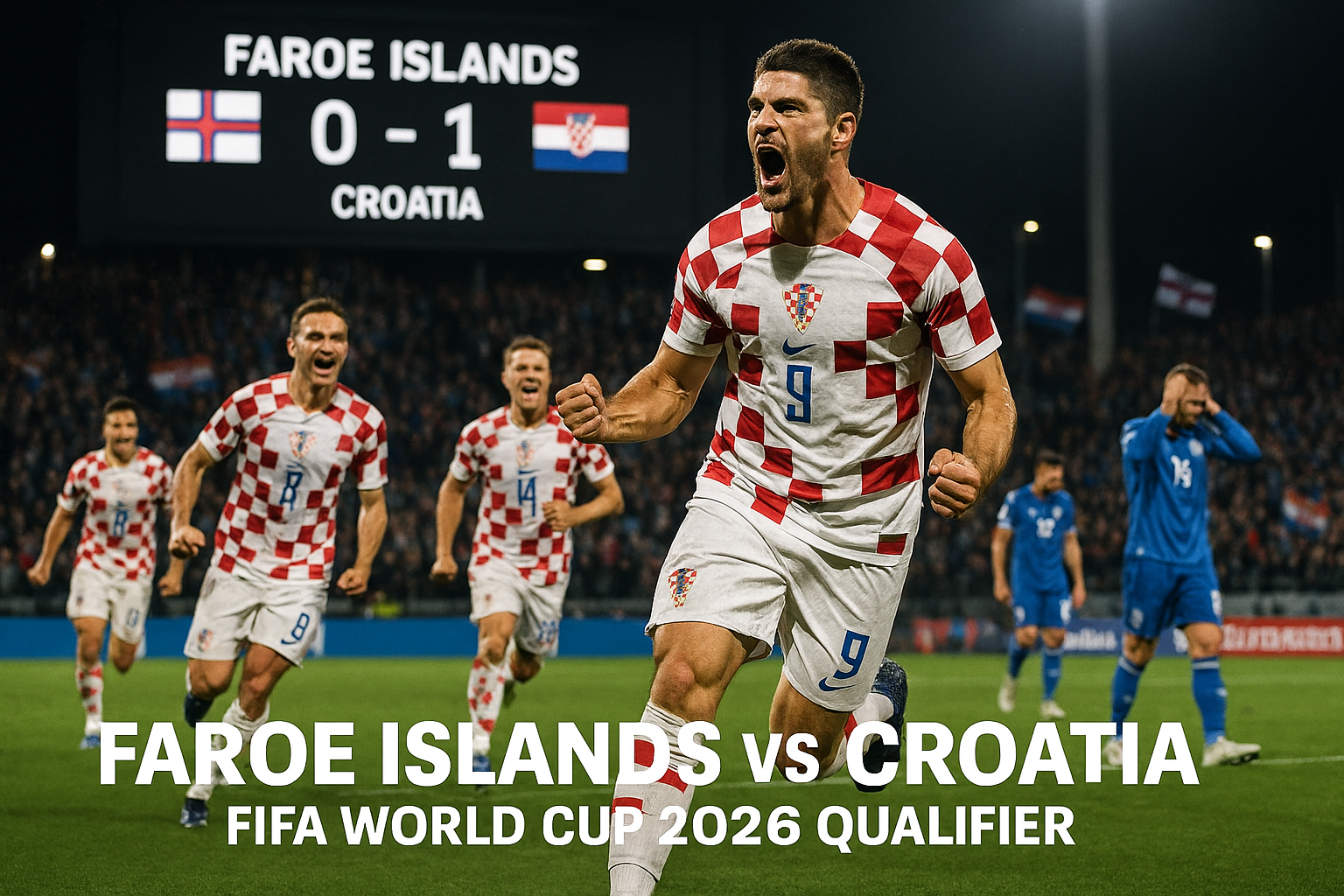
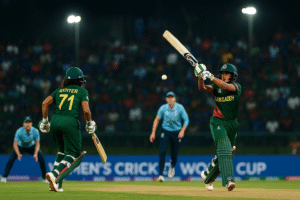
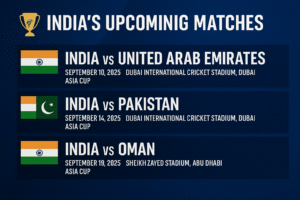





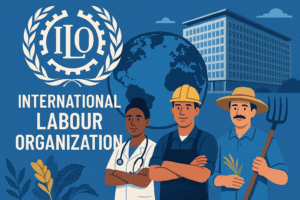

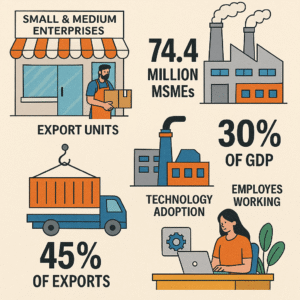
Post Comment